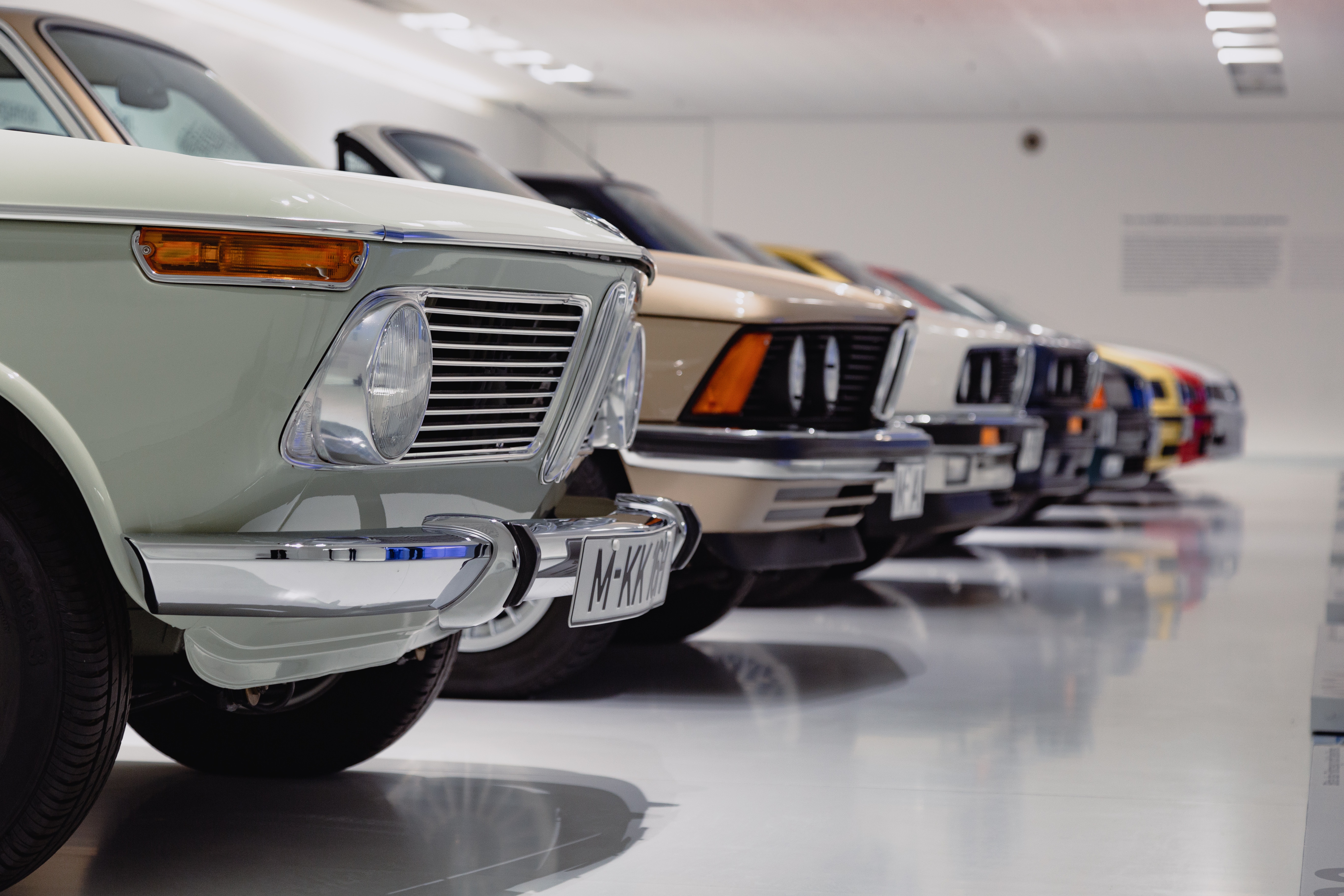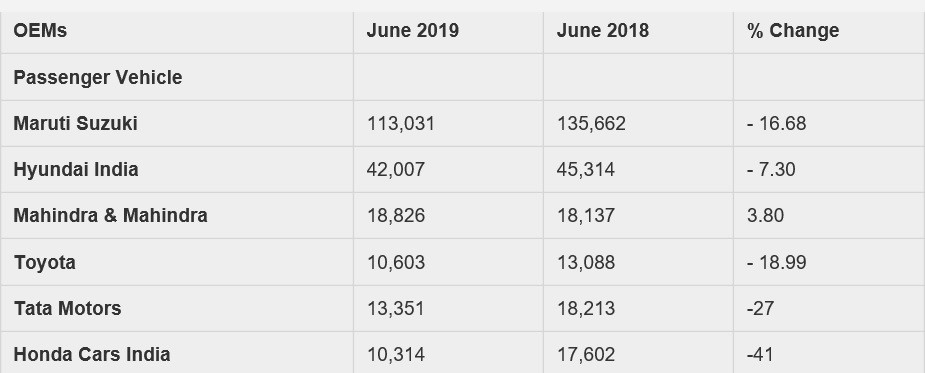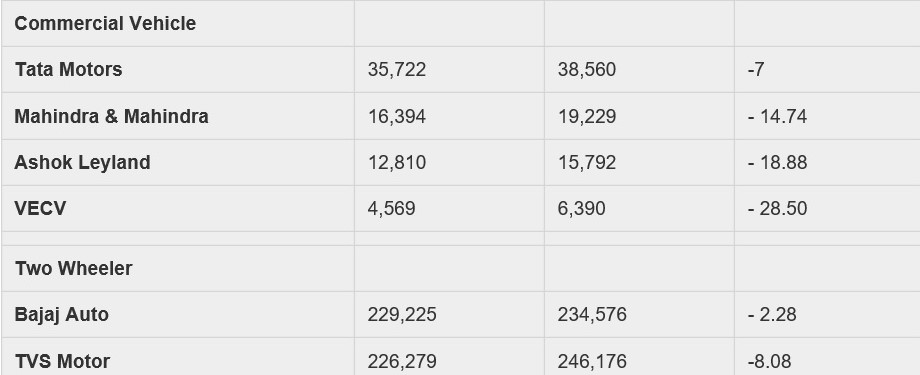
Fifteen years ago, the Audis and the Mercedes were reserved for the posh pockets of Kolkata, if at all they could be seen. Over the decade, the high-end cars have become a common sight. Nowadays, an Audi can be seen maneuvering the streets of an upper-middle to middle-class neighbourhood and nobody bats an eyelid!
The rise in incomes combined with easy access to credit (read auto loans) in the urban sector led to this change in the consumption of cars as well as other high-end consumer durables like branded television sets, refrigerators, air conditioners and the very new iPhone. Consumers tend to change their consumption patterns once they’re satiated with one group/type/brand of products and services. What about the rural demand for vehicles? If there is a good monsoon and expectation of a better harvest, the demand for commercial vehicles like trucks as well as the demand for loans will pick up.
However, with a slowing economy, back to back financial shocks (PNB scam, IL&FS, Bhushan Steel fraud and others), a delayed and deficient monsoon, joblessness, demand satiation have all led to slowdown in the auto sector. The slowdown in core industries like infrastructure and mining, not to mention declining industrial output and the high GST on vehicles have muted the demand for vehicles.
Passenger vehicles (PV) have recorded an eight month low in sales. The story is similar for commercial vehicles and two wheelers as well. I will let the numbers for June 2019 vis-a vis June 2018 speak for themselves-


Data compiled by The Economic Times till 2nd July 2019.
What has cars go to do with the common man? To an ordinary citizen who either already owns a car (or is happy with it) or has no immediate plans to buy one or has little idea on the economy, will in all probability ask this question. The auto-sector is a major contributor to the GDP (approx. 7.5%), employing about 37million people in some direct/indirect manner. Over the last year, the industry is facing back-to-back challenges- policy flip-flops (the jump to new emission norms from 2020, diesel ban and the very recent thrust on Electric Vehicles), overall muted consumer sentiments have bogged down sales and is piling up inventory. The first quarter of 2019 didn’t pick up demand due to the elections and the last quarter will not be positive either as the industry transitions to the new emission norms.
The worry is this stock of cars which has become a headache for dealers, who are hoping to see a rise in demand during the upcoming festive season. There are reports of some showrooms shutting down for a week in response to the slowdown. The sector is looking at some form of government intervention; else they would be forced to go for job cuts to compensate the rising inventory and other cost-cutting measures. This is going to worsen the already deep job crisis, if such time comes that requires extreme measures.
It is irony indeed that while the country dreams to be a five trillion dollar economy, one of the core sectors of the economy is having sleepless nights. One can only hope that the government takes timely cognizance of the situation and act accordingly.
Calcutta University.